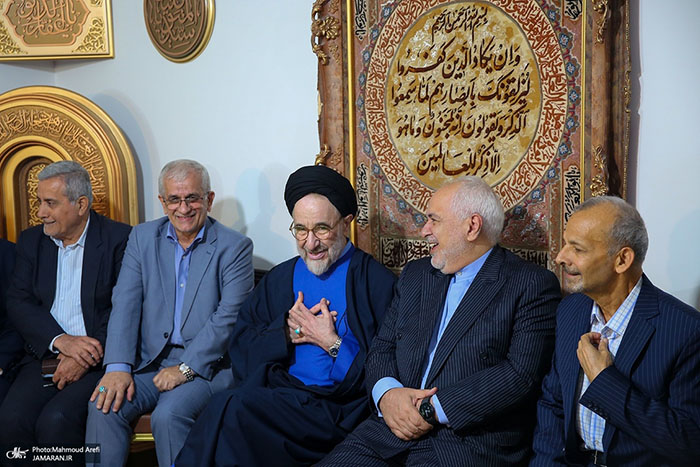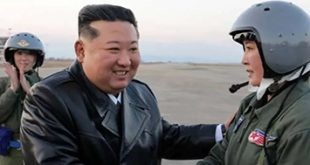Aged but intellectually agile, Khatami entered the venue to a round of respectful applause. Though no longer holding formal office, his reputation as a philosopher-president and symbol of civil dialogue endures. In attendance were several former ministers from his cabinet, mid-ranking reformist parliamentarians, university professors, and activists—many of whom had not gathered in such numbers since the early 2010s.
In a gesture of symbolism, Khatami lit a small fire—echoing the Chaharshanbe Suri tradition—and invited the guests to reflect on the past while welcoming the possibility of a renewed national spirit. His brief but poignant speech during the ceremony echoed his lifelong commitment to dialogue, reform, and national reconciliation.
The Political Legacy of Khatami
To appreciate the full weight of the moment, one must understand who Seyyed Mohammad Khatami is—and what he represents in Iran’s complicated political history.
Born in 1943 in Ardakan, Khatami is the son of Seyyed Ruhollah Khatami, a revered cleric and Friday prayer leader in Yazd. His early political involvement began in the 1960s through the Islamic Students’ Association of Isfahan. Following the 1979 Islamic Revolution, he emerged as a cultural and political figure, becoming a member of the Islamic Consultative Assembly representing Ardakan and Meybod.

